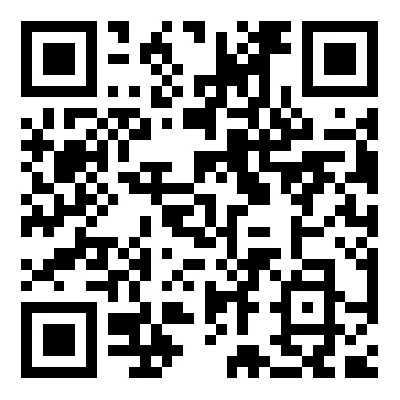
Eurozone consumer confidence in May was reported at -15.2, which exceeded expectations set at -16. This indicates a more optimistic outlook among consumers compared to predictions.
The AUD/USD moved to the sub-0.6400 region despite a negative US Dollar, influenced by a dovish Reserve Bank of Australia meeting and renewed trade concerns. Meanwhile, EUR/USD remained bullish, nearing the 1.1300 zone as the US Dollar weakened due to trade and economic concerns.
Gold and Cryptocurrency Trends
Gold reached above $3,280 per troy ounce, driven by selling pressure on the Greenback and a cautious market atmosphere. In the cryptocurrency space, altcoins such as Aave, Curve DAO, and Jito showed positive trends alongside Bitcoin.
China experienced a slowdown in April, impacted by trade war uncertainties affecting consumer confidence. Although retail sales and fixed-asset investments fell short of predictions, the manufacturing sector showed resilience.
Top brokers for trading EUR/USD in 2025 are recommended for those seeking competitive spreads and execution speed. The list is curated to suit both beginners and seasoned traders, helping them navigate the forex market effectively.
The uptick in Eurozone consumer confidence, moving from an expected figure of -16 to an actual -15.2, might appear modest at first glance. However, this shift is telling. It points towards a faint but present sense of cautious optimism among households across the bloc. People seem to anticipate more stability ahead, possibly due to recent improvements in wage growth or subsiding inflationary pressure — factors that tend to sway sentiment. What this means in trading terms is that we’re likely to see a steady undertone in EUR-backed flows, especially in shorter-term contracts. When sentiment begins to improve even marginally, it reduces downside risk in demand-sensitive segments of the market.
Currency Movements and Market Dynamics
Meanwhile, the Australian Dollar has struggled, slipping beneath the 0.6400 handle against the US Dollar. The currency’s weakness comes despite a softer US Dollar, suggesting that domestic pressures are weighing more heavily. The central bank’s dovish stance gave little support here. There was no indication of rate moves to counterbalance local fragilities. On top of that, resurgent trade worries — perhaps on the back of geopolitical friction — have renewed concern among exporters and importers alike. For those of us watching option pricing and directional flows, this dynamic presents a scenario where downside structures may still offer better entries, especially for near-term exposure.
The Euro continues to move higher against its US counterpart, nudging closer to the 1.1300 level. It’s noteworthy that this push uphill is not being driven by European strength alone, but rather by the US Dollar’s underlying weakness. From our perspective, the decline in US sentiment is tied to growing uncertainty around domestic policy and global trade impacts. Volatility here may invite further call-side strategies, yet it also invites caution — we cannot ignore the sensitivity of EUR/USD to even minor US data surprises, particularly when the broader market remains wary.
Turning to commodities, gold is back in focus. Spot prices pushed above the $3,280 level per ounce, and once again, the catalyst is pressure on the US Dollar rather than physical demand spikes. The common search for safety is apparent, possibly a response to current equity valuations or heightened geopolitical talk. In our view, this kind of move is best approached not through raw directional bets but by reviewing implied volatility shifts for gold-related instruments. Watching volume on longer-dated contracts could offer a clearer read, especially with seasonal patterns coming into play.
In other risk assets, several altcoins including Jito and Curve DAO saw continued support along with Bitcoin itself. This isn’t purely speculative; it appears there’s been renewed interest from whales and short-term position traders responding to network-level signals. Watching both the spread between related tokens and the volatility skew in perpetuals may give those tracking spreads a decent edge in managing changing exposures. For some, it might be a time to rebalance rather than overextend.
Over in China, April data painted a mixed picture. Consumers are pulling back slightly, which isn’t entirely unexpected given ongoing international friction. It’s not merely the retail sales dip that matters here, but the combined softness in both asset investment and personal spending. With that said, factory output was sturdier, suggesting support from targeted policy or improved export flow in specific sectors. From our angle, the contrast between falling domestic sentiment and rising manufacturing performance introduces divergence worth noting on yuan-based cross pairs and industrial-related derivatives.
The final point — suggested brokers for EUR/USD heading into 2025 — reminds us of infrastructure much of this activity relies on. Fast execution and tight spreads aren’t just preferences; they become essential when volatility compresses and spreads begin to narrow in reaction to softer macro data or central bank stagnation. Maintaining a toolkit that includes alternative venues or aggregators may allow us to remain nimble when headline-driven momentum fades.







